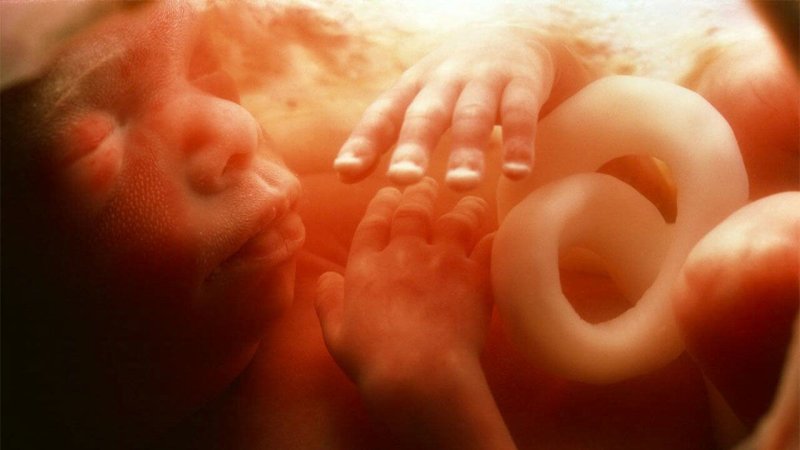Incredible new research has shown that long before the development of organs or specialized immune cells, this simple protective layer, known as the epithelium, can reach out with its arm-like protrusions and detect, ingest, and destroy defective cells – helping to increase the embryo’s chance of survival.
This ‘surprisingly’ efficient process, which was filmed in zebrafish and later confirmed in mice, is the earliest sign of an immune response in vertebrates.
Better understanding how it works could help researchers figure out why some embryos fail to form in those earliest states, potentially leading to new approaches for treating infertility or early miscarriages.
…
In developing animals, it’s not uncommon for embryos to produce cellular errors during rapid cell division, and these can cause the whole embryo to fail if not taken care of. In fact, such mistakes are thought to be a leading reason for why embryos do not survive to reach implantation.
Scientists have long suspected there is an innate immune response at play, keeping fragile young embryos from threats such as sporadic cell death, inflammation, and infectious agents.
This newest study is the first to explain how ‘garbage collectors’ like apoptotic cells are cleared out of the blastula without a specialised immune system. As you can see in the footage below, it looks a little like PAC-MAN.































